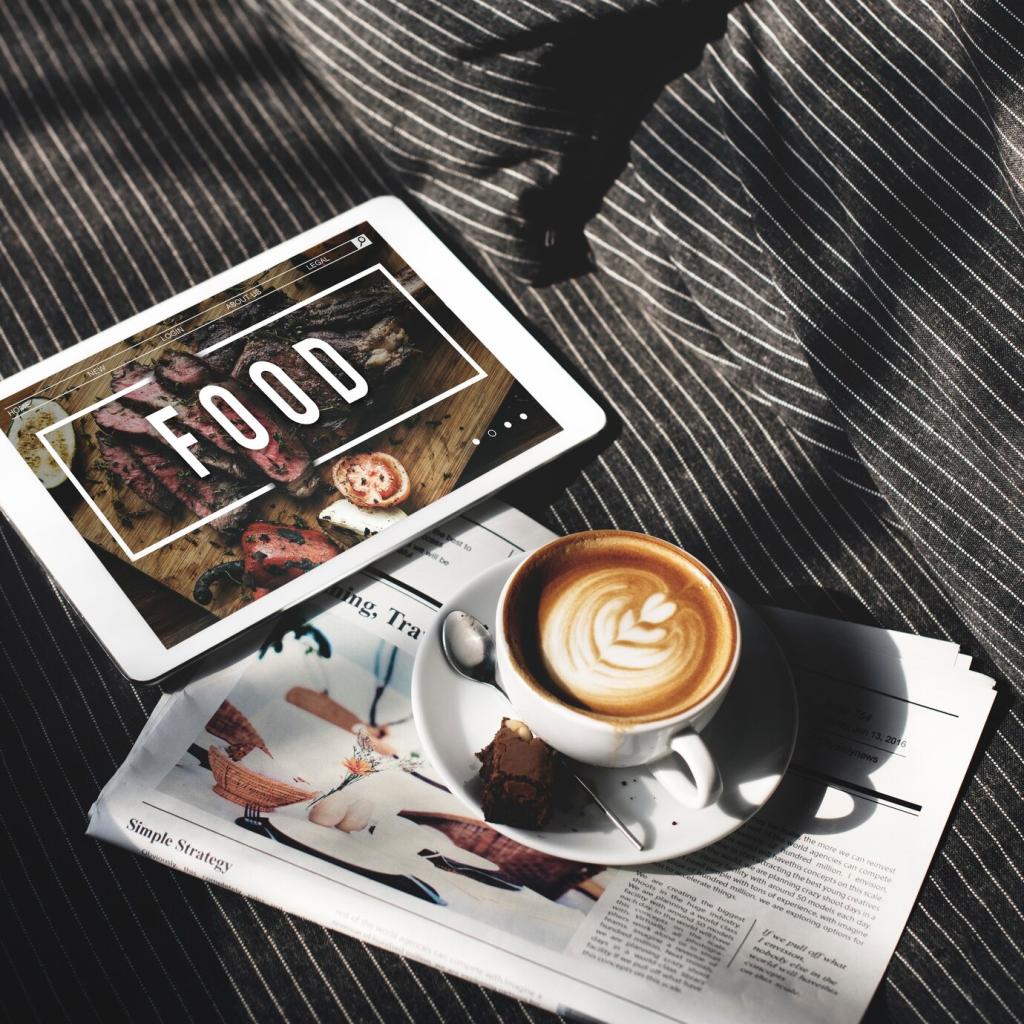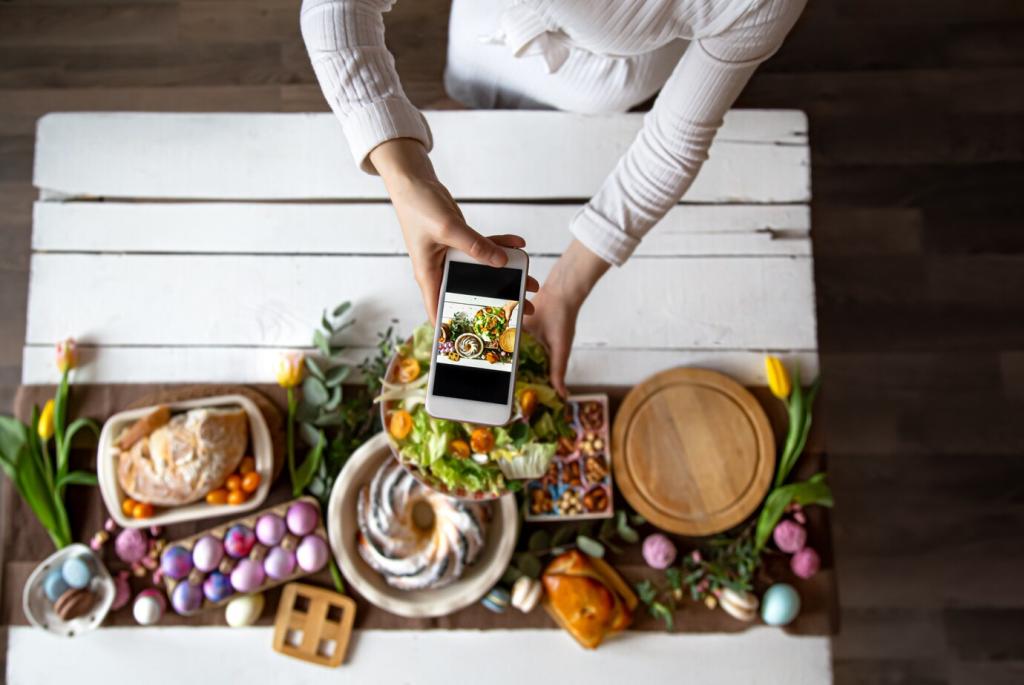Mastering the Art of Food Writing
Our theme today: Mastering the Art of Food Writing. Welcome to a deliciously practical space where words meet flavor, memory meets craft, and stories rise like warm bread. Join us, share your palate’s journey, and subscribe for weekly prompts, workshops, and spirited conversations.

Beyond Recipes: The Many Forms of Food Writing
Food writing includes memoir, reportage, criticism, recipes, and travel pieces that illuminate people and place. Think M.F.K. Fisher’s reflective prose, or Anthony Bourdain’s kinetic storytelling. Which form calls you? Tell us in the comments and inspire a fellow reader.

Finding Your Why and Your Reader
Clarity about purpose sharpens your flavors on the page. Are you teaching, persuading, or transporting your reader to a kitchen in Oaxaca? Define your ideal reader’s needs, then season your voice accordingly. Share your mission statement below and refine it together.
Retire “bursting with flavor.” Name specifics: peppery arugula, lactic tang, shy sweetness, lingering bitterness like dark chocolate at dusk. Compare sensations, not just ingredients. Comment with your most overused phrase and we’ll workshop alternatives in next week’s newsletter.

Building Narrative: From Hook to Aftertaste
Start with a sensory jolt, a question, or a scene. A baker’s hands dusted in flour at 4 a.m. sets mood and stakes. Offer readers tension they can taste. Post your opening sentence below; we’ll toast our favorites in Friday’s digest.

Building Narrative: From Hook to Aftertaste
Balance close-up scenes—knife against board, steam fogging glasses—with summary that moves time. Alternate speed to mirror appetite. A simmering paragraph slows; a market chase quickens. Experiment tonight and share your pacing trick with fellow writers.
Research, Accuracy, and Ethics in Food Writing
Verify spellings, appellations, and histories. Is it Parmigiano Reggiano or parmesan? Clarify regional context and protected designations. Cross-check with multiple sources. Share a research rabbit hole you fell into and what you learned along the way.




Recipes Readers Trust: Testing, Clarity, and Headnotes
Testing Until It’s Repeatable
Standardize measurements, temperatures, and pan sizes. Note variables like humidity or brand differences. A colleague logged eight bakes to tame a fussy chiffon. How many iterations do you run? Share your testing checklist and help others tighten theirs.
Instructions That Anticipate Pitfalls
Describe visual cues: batter should fall in a thick ribbon, onions turn translucent not browned. Offer timing ranges and sensory checkpoints. Invite readers to comment with questions, and update notes—living recipes strengthen community trust and accuracy.
Headnotes With Purpose
Use headnotes to add context, substitutions, sourcing tips, or a brief story that earns its place. A grandmother’s soup taught patience and restraint—three sentences, not three paragraphs. Post a headnote draft; we’ll give gentle, practical feedback.
